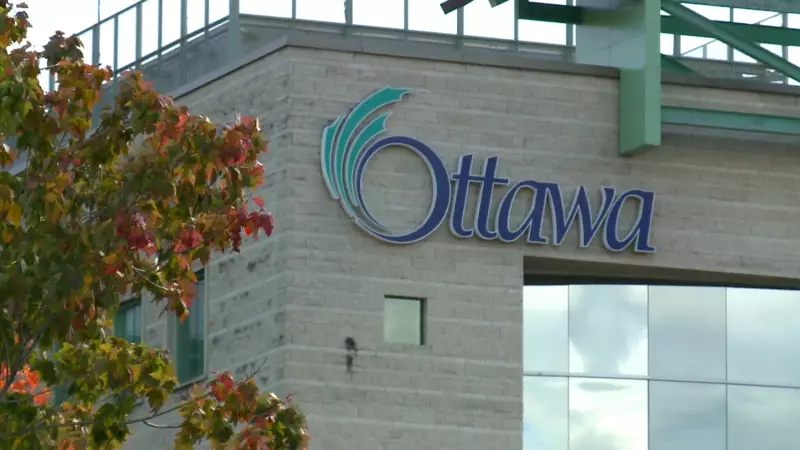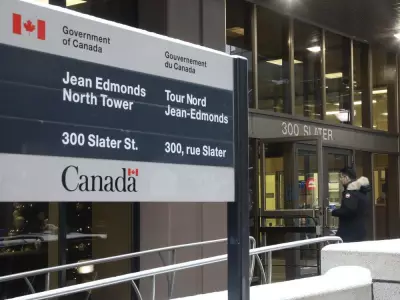
In a decisive move that signals a shift toward smarter urban development, Ottawa's Planning and Housing Committee has firmly rejected a controversial proposal to expand the city's urban boundary into Barrhaven's agricultural heartland.
A Watershed Moment for Ottawa's Future
The committee's unanimous vote represents a significant victory for environmental advocates and smart growth proponents who argued that expanding outward would undermine the city's climate goals and strain municipal resources. Instead of pushing into green spaces, the decision reinforces Ottawa's commitment to intensification and sustainable development within existing urban areas.
The Battle Over Barrhaven's Countryside
The proposed expansion would have opened approximately 170 hectares of agricultural land for residential development in Barrhaven's southern reaches. Proponents argued it was necessary to accommodate Ottawa's growing population and address the housing crisis. However, critics successfully demonstrated that sufficient land already exists within the current urban boundary to meet housing needs for the next decade.
Councillors heard compelling arguments from multiple perspectives:
- Environmental groups highlighted the irreversible loss of prime agricultural land
- Planning experts warned of increased infrastructure costs for taxpayers
- Housing advocates presented alternative solutions through densification
- Rural residents expressed concerns about losing community character
What This Means for Ottawa Homebuyers
The decision doesn't mean an end to development in Barrhaven entirely. Rather, it redirects future growth toward infill projects, higher-density housing, and better utilization of underdeveloped parcels within the existing urban area. This approach aligns with Ottawa's official plan and climate change master plan, both of which prioritize compact, transit-friendly communities over car-dependent sprawl.
The vote represents a growing recognition that endless urban expansion comes with hidden costs—from longer commutes and increased greenhouse gas emissions to the permanent loss of valuable farmland that feeds our region, noted one planning committee member.
The Road Ahead for Ottawa Development
This decision sets a powerful precedent for how Ottawa will manage growth in the coming years. With the urban boundary now firmly established, developers and city planners must collaborate on innovative solutions that maximize existing urban space while preserving the rural landscapes that define Ottawa's character.
The committee's ruling now moves to full city council for final approval, where it's expected to pass given the strong consensus among planning committee members. Ottawa residents can expect to see increased focus on transit-oriented development, mixed-use neighborhoods, and creative housing solutions that work within the city's existing footprint.





